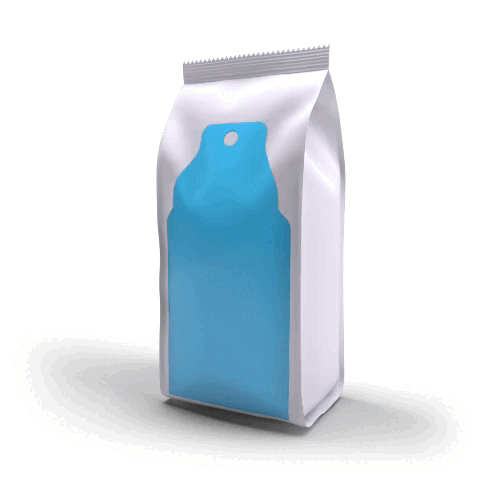In the food industry, innovation is not only focused on new flavors or products, but also how they are presented to the consumer. Packaging plays a crucial role in food preservation and the brand’s environmental impact.
In this article, we will explore some types of innovative packaging that are revolutionizing the food industry.
Innovative Packaging in the Food Industry: Sustainability and Technology

1. Biodegradable Packaging
Biodegradable packaging is gaining popularity because it can decompose in a short time. Thus they significantly reduce their environmental impact.
These containers are made from materials such as corn starch, natural fibers, or bioplastics derived from renewable sources. In addition to being environmentally friendly, they also offer an excellent barrier against moisture and gases, ensuring the freshness and quality of food.
2. Reciclable Packaging
The trend towards sustainability has driven the development of recyclable packaging. They can be made from materials such as cardboard, paper, glass, or certain types of plastics.
Additionally, some companies are using recycled paper labels and eco-friendly inks to further reduce their impact. By facilitating the recycling process, these solutions contribute to waste reduction and the circular economy.
3. Smart Options
Technology is also transforming food packaging through sensors and smart labels.
These devices can monitor temperature, humidity, and packaging integrity, among others. For example, sensors can indicate if a product has been exposed to improper storage conditions, helping to prevent waste and ensure food safety.
Additionally, some smart labels are designed to provide information about the product’s provenance and expiration date. Thus, consumers can make more informed decisions.
4. Edible Packaging
One of the most surprising innovations is edible packaging. Based on edible ingredients, these containers can be consumed together with the packaged product.
For example, there is chocolate packaging for ice cream or cookie containers for yogurt.
In addition to reducing packaging waste, this technology offers a unique and fun consumer experience for consumers.
5. Active Packaging
Active packaging extends the shelf life of food by controlling the environment inside the packaging. They can reduce oxidation or prevent the growth of bacteria and fungi.
By preserving the freshness and quality of food for longer, active packaging greatly reduces food waste.
As you can see, the food industry is undergoing a revolution in terms of innovative packaging. New technologies are transforming the way food is presented and consumed.
At the same time, there is a strong focus on sustainability, with the creation of recyclable and active packaging that reduces environmental impact and promotes greater responsibility towards the planet.
In a world where environmental awareness is increasingly important, these advances in food packaging are setting the tone towards a more sustainable and conscious future.









